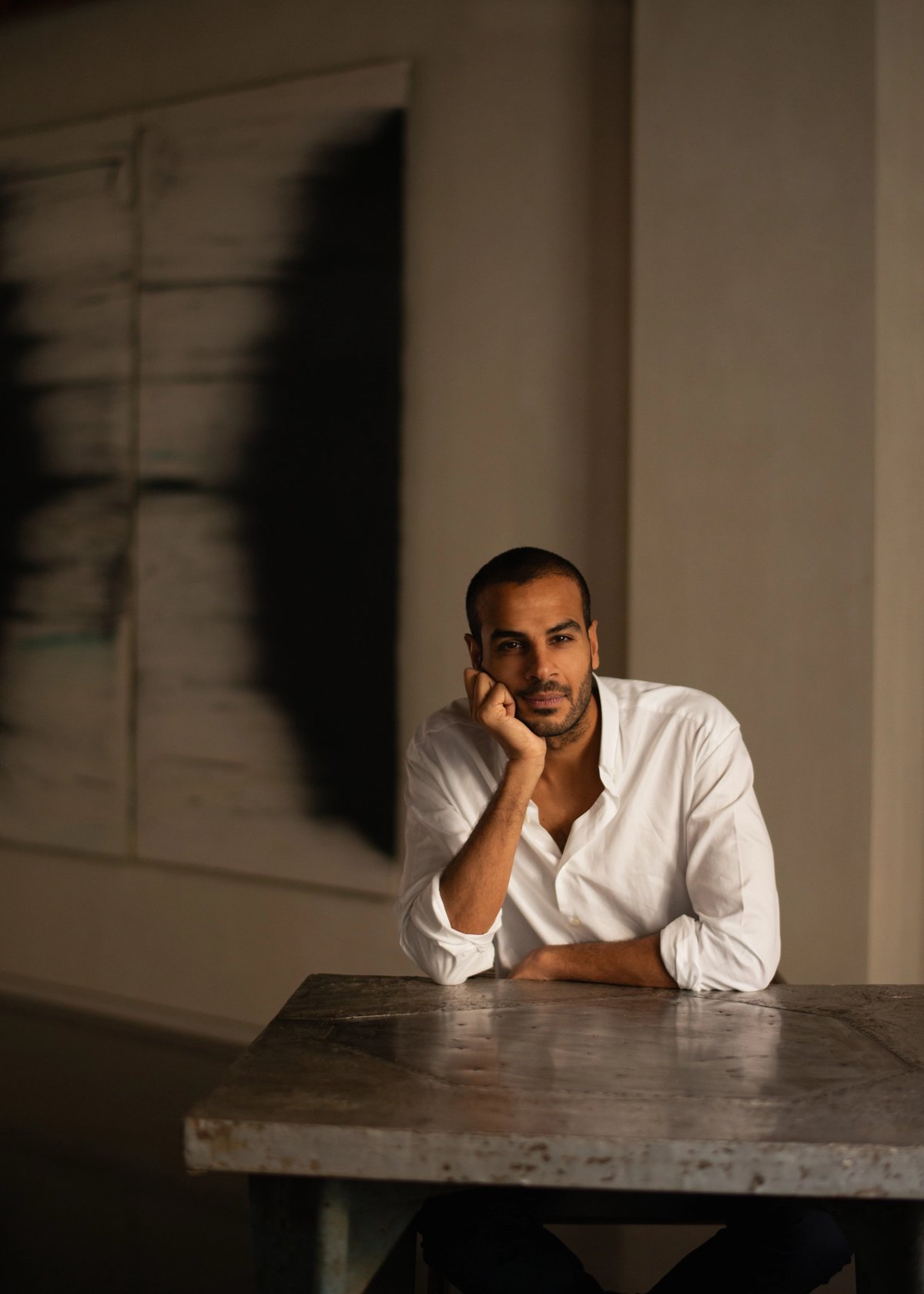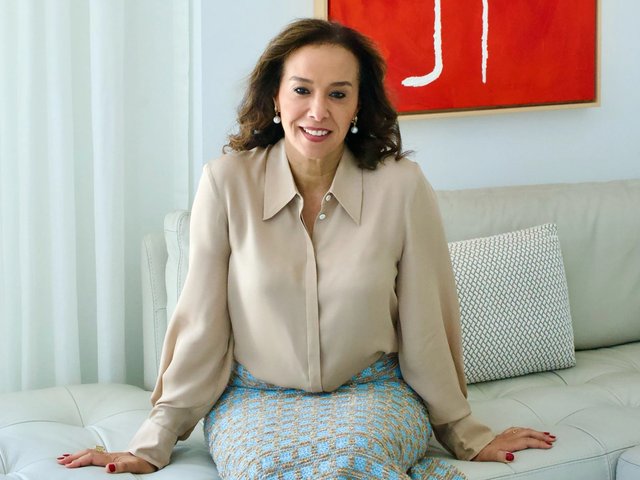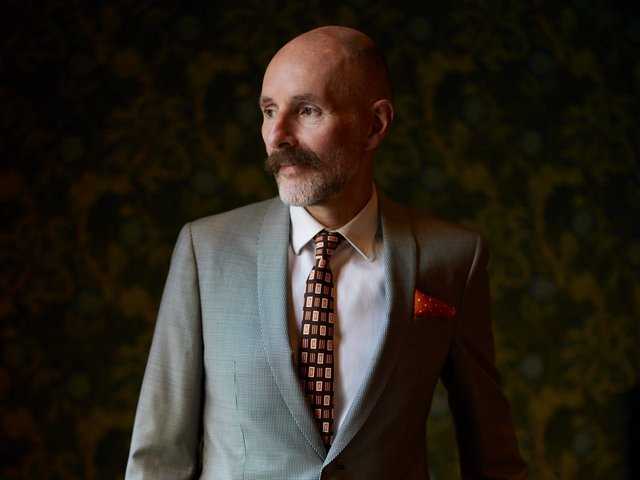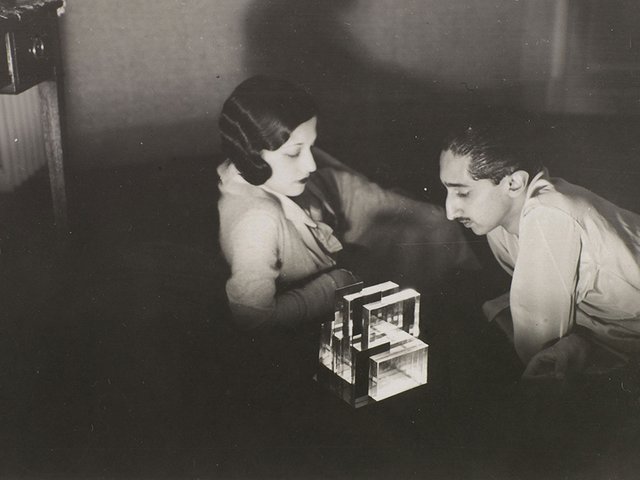Rajan Bijlani, a property developer from north London, moved into Fonthill Pottery in 2014, which was once the house and workplace of the ceramicist Emmanuel Cooper. Exactingly renovated by Bijlani, it provides a stylish backdrop for his collection of 20th-century design, sculpture and paintings—an opportunity, he says, to “reduce the distinction between fine art and collectible design”. Chiefly, he is an aficionado of Modernist furniture with a studied focus on the designs of Pierre Jeanneret, one of the architects of Chandigarh, a city built in northern India in the 1950s, whose masterplan was designed by his cousin Charles Édouard Jeanneret, the titan of Modern architecture better known as Le Corbusier.
A trip to Chandigarh more than 20 years ago sparked Bijlani’s interest in collecting design and he now owns “at least 500 pieces”. These include some of Jeanneret’s key works designed for the city, including his 1960 Dining Table and a group of his Easy Chairs (1956), as well as pieces by Le Corbusier and George Nakashima. He hopes via his collection to better present Jeanneret as a foundational designer of the 20th century: “I was disheartened with what I had seen exhibited by Jeanneret; there was a lack of connoisseurship,” he says. “People were showing things made in the 1970s and 80s that were not overseen by Jeanneret or Le Corbusier—works that lacked patina, or were heavily restored far from the original, as well as fakes. I decided to go on this endeavour to show what the real deal was.”
Last year Bijlani staged the first exhibition in his home, in which he brought artists from the South Asian diaspora into conversation with his Chandigarh design collection. This year, keeping with the theme of “place”, he is staging Electric Kiln, a show pairing works from his collection by Le Corbusier and Jeanneret with those by three artists: Cooper, his partner the potter Lucie Rie, and Frank Auerbach, who prolifically painted street scenes in the north London neighbourhoods near Fonthill Pottery. Featured in the show are Jeanneret’s Minister’s Desk from Chandigarh and a never-before-seen Auerbach portrait of the curator Catherine Lampert, who sat for the artist numerous times.
A handful of the Auerbachs, as well as all the Rie works, are for sale, Bijlani says, as he requires funds to stage shows and continue his work to preserve the legacies of his 20th-century design heroes. Future plans include a Japan-themed show, and an exhibition in the spring, timed to coincide with London Gallery Weekend.
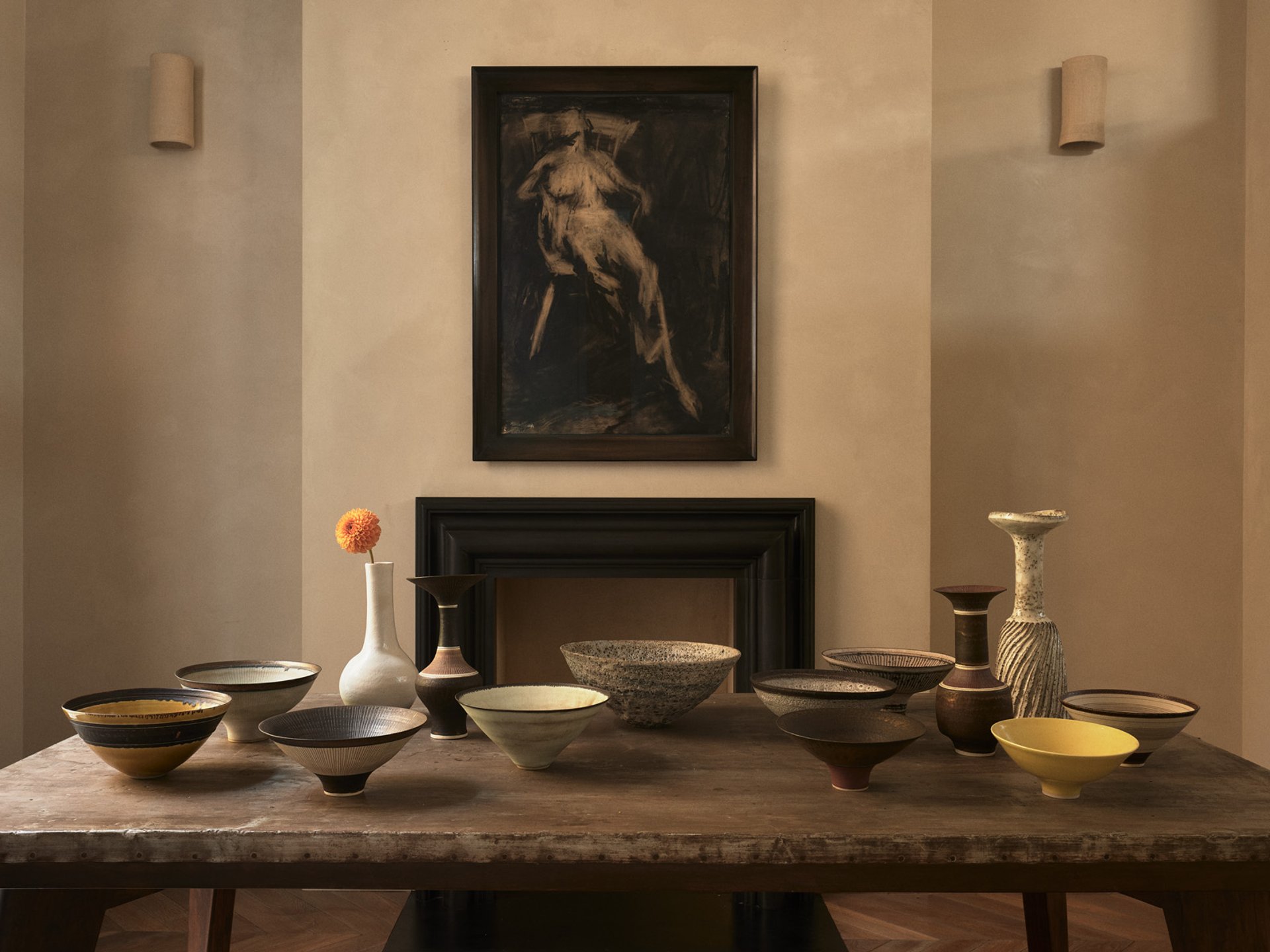
Ceramics by Lucie Rie, Pierre Jeanneret’s Metal Table (1960-61) and Seated Figure (1961) by Frank Auerbach Photo by Rich Stapleton; courtesy of Rajan Bijlani
The Art Newspaper: What was the first work you ever bought?
Rajan Bijlani: A six-by-three metal table by Pierre Jeanneret, bought at a government auction in Chandigarh in 2004.
What was the most recent work you bought?
A painting by Miyoko Ito from the 1960s, from a private collector.
How quickly do you decide to buy a work?
It’s instinctual; I buy with my heart. It can be quick.
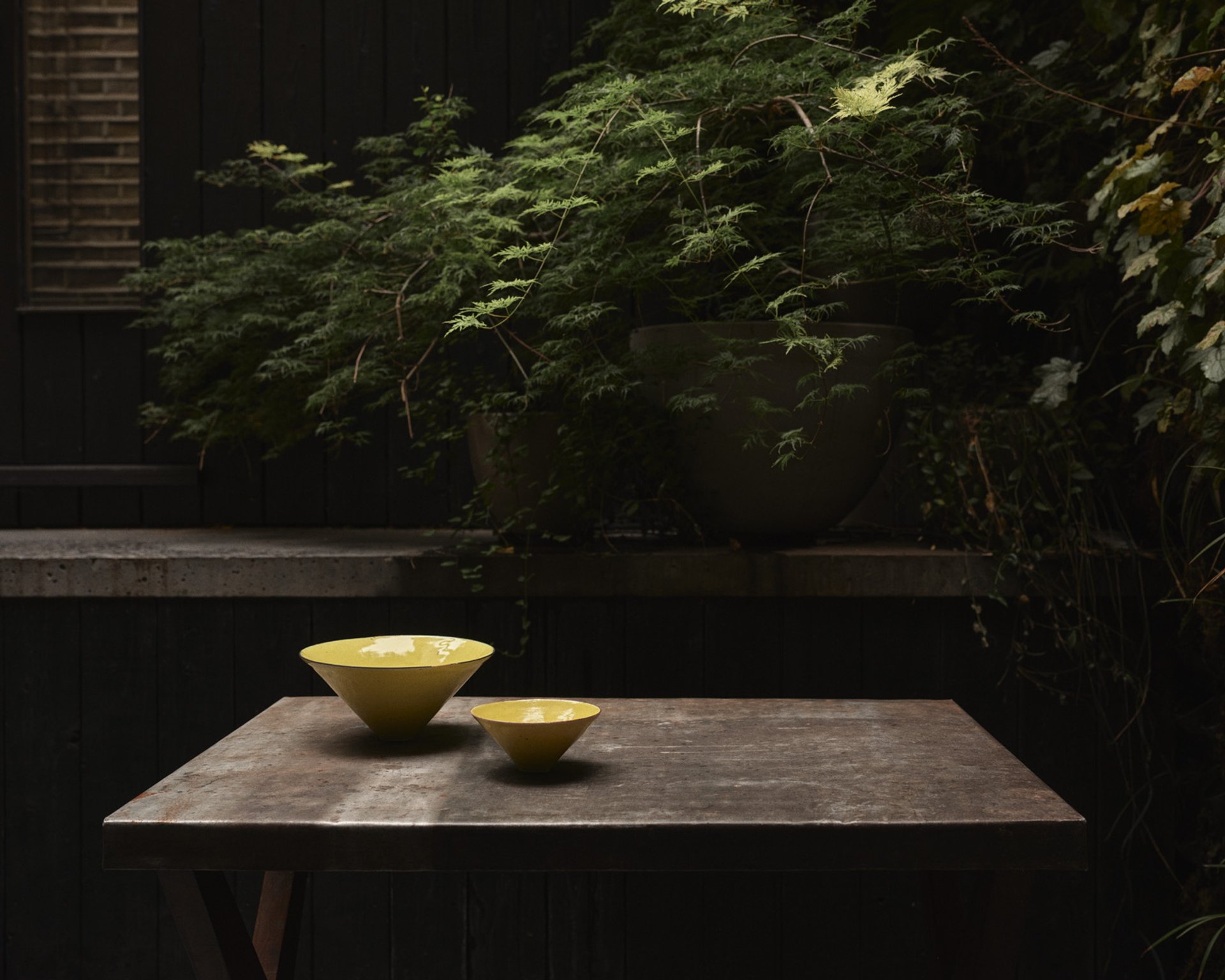
Conical bowls (around 2005) by Emmanuel Cooper sit on Pierre Jeanneret’s Working Table (1960) Photo by Rich Stapleton; courtesy of Rajan Bijlani
What do you regret not buying when you had the chance?
Five years ago I was given the opportunity to buy some Miyoko Ito paintings and I didn’t.
If you could have any work from any museum in the world, what would it be?
Alice Neel’s 1958 portrait Elsie Rubin, in the collection of the Whitney Museum of American Art, New York.
Which exhibition are you most looking forward to seeing in London this month?
Kerry James Marshall at the Royal Academy. I love his use of colour and how he puts Black lives at the centre of what he does.
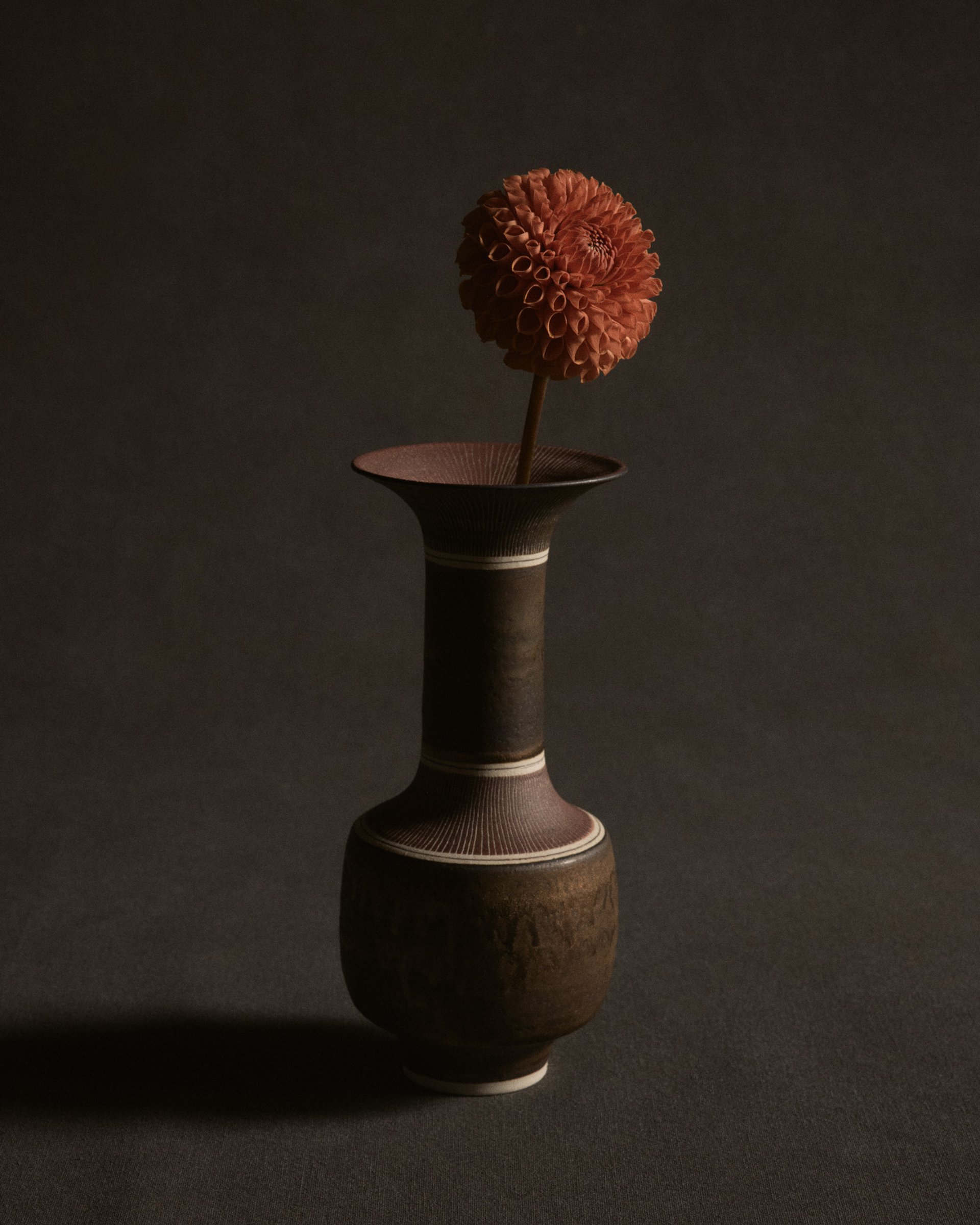
Lucie Rie’s Vase (around 1980) features in Rajan Bijlani’s show Electric Kiln Photo by Rich Stapleton; courtesy of Rajan Bijlani
Where do you like to eat and drink in or near Regent’s Park/your home?
Near my home there is La Fromagerie; I usually get the galette or the cheese toastie. In East London, for eating and drinking, Brawn.
What is your least favourite thing about art fairs?
There are no windows.
• Electric Kiln by Rajan Bijlani, until 16 November. Private address ten minutes’ walk from Frieze Masters. By appointment only: rsvp@rajanbijlani.com


